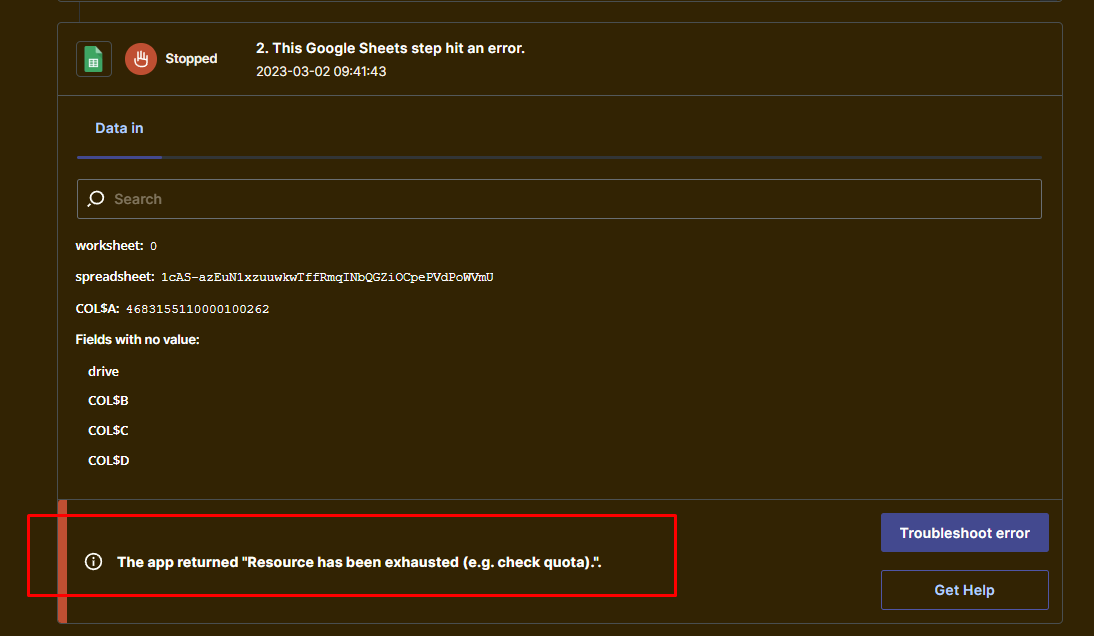Best CRM for doctors is no longer a luxury but a necessity in today’s fast-paced medical landscape. Efficient patient management, streamlined communication, and enhanced data security are paramount for success. This exploration delves into the critical aspects of selecting and implementing the optimal CRM solution for medical practices, examining key features, leading platforms, integration challenges, and the overall return on investment.
We will analyze how a well-chosen CRM can significantly improve patient relationships, boost operational efficiency, and ultimately contribute to a more rewarding and successful medical practice. From appointment scheduling and telehealth integration to HIPAA compliance and data security, we’ll cover the essential considerations for doctors seeking to leverage technology for better patient care.
Top CRM Features for Medical Practices
Choosing the right CRM can significantly streamline operations and enhance patient care for medical practices. A well-implemented system improves efficiency, reduces administrative burdens, and ultimately leads to better patient outcomes. This section will highlight essential CRM features crucial for successful medical practice management.
Essential CRM Features for Medical Practices
Selecting a CRM involves careful consideration of features that directly address the unique needs of a medical practice. The following table Artikels key features, their descriptions, benefits, and illustrative examples.
| Feature | Description | Benefits | Example |
|---|---|---|---|
| Patient Management | Centralized database storing patient demographics, medical history, insurance information, and communication logs. | Improved data accuracy, reduced paperwork, enhanced accessibility to patient information for all staff. | A doctor can quickly access a patient’s complete medical history, including allergies and current medications, before an appointment. |
| Appointment Scheduling | Online booking, calendar management, automated reminders, and waitlist management. | Increased efficiency, reduced no-shows, optimized appointment flow, improved patient satisfaction. | Patients can book appointments online 24/7, receiving automated reminders via email and SMS, minimizing missed appointments. |
| Patient Communication | Secure messaging, email, SMS, and automated communication tools for appointment reminders, follow-up care, and patient surveys. | Enhanced patient engagement, improved communication clarity, streamlined information sharing, faster response times. | The system automatically sends appointment reminders and follow-up instructions after a procedure, improving patient adherence to treatment plans. |
| Billing and Insurance Integration | Streamlined billing processes, automated claims submission, and real-time insurance verification. | Reduced administrative costs, faster payment processing, improved revenue cycle management. | The system automatically submits claims to insurance providers, reducing manual data entry and accelerating reimbursements. |
| Reporting and Analytics | Detailed reports on patient demographics, appointment scheduling, revenue, and other key performance indicators. | Data-driven decision making, identification of areas for improvement, enhanced practice performance monitoring. | The system generates reports on patient no-show rates, allowing the practice to identify potential issues and implement solutions to improve appointment adherence. |
The Importance of Appointment Scheduling and Patient Communication
Effective appointment scheduling and robust patient communication are cornerstones of a successful medical practice. A CRM system facilitates seamless scheduling, reducing administrative overhead and improving patient experience. Automated reminders significantly reduce no-shows, optimizing appointment slots and improving revenue. Simultaneously, secure communication channels—like integrated messaging—allow for quick and efficient information exchange, fostering stronger doctor-patient relationships and improving patient adherence to treatment plans.
For example, a system that sends automated appointment reminders via SMS and email can significantly reduce no-show rates, leading to increased efficiency and revenue. Similarly, secure messaging allows doctors to answer patient questions quickly and efficiently, improving patient satisfaction and potentially avoiding unnecessary office visits.
Benefits of Integrated Telehealth Capabilities
Integrating telehealth capabilities within a CRM system offers numerous advantages. It allows for remote consultations, expanding access to care for patients in remote areas or with mobility limitations. This integration streamlines the entire telehealth process, from scheduling virtual appointments to securely storing and accessing patient data. For instance, a doctor can conduct a virtual consultation using the integrated telehealth platform within the CRM, seamlessly accessing the patient’s complete medical history and securely documenting the consultation notes within the same system.
This eliminates the need for multiple systems and improves overall efficiency. Furthermore, the ability to offer telehealth services can broaden a practice’s reach, attracting new patients and increasing revenue. The convenience and accessibility of telehealth also contribute to improved patient satisfaction and engagement.
Comparison of Leading CRM Platforms
Choosing the right CRM can significantly impact a medical practice’s efficiency and patient care. This section compares three leading CRM platforms—Salesforce Health Cloud, Practice Fusion, and Kareo—highlighting their strengths and weaknesses to aid in informed decision-making. We’ll examine their features, pricing models, and user interface for a comprehensive overview.
Feature Comparison of Leading CRM Platforms
The selection of a CRM should align with a practice’s specific needs and size. These three platforms offer varying functionalities, catering to different practice scales and specializations.
- Salesforce Health Cloud: Strengths include robust features for large practices, advanced analytics capabilities, and seamless integration with other healthcare systems. Weaknesses involve a steeper learning curve, higher cost, and potentially overwhelming complexity for smaller practices. It offers comprehensive patient relationship management, appointment scheduling, and sophisticated reporting features, ideal for large multi-specialty groups.
- Practice Fusion: This platform is known for its user-friendly interface and integrated electronic health record (EHR) system. Strengths lie in its ease of use and relatively lower cost, making it suitable for smaller practices. However, it may lack the advanced analytics and customization options found in Salesforce Health Cloud. Its strengths are its simplicity and EHR integration, making it efficient for basic practice management.
- Kareo: Kareo offers a balance between features and affordability. It provides a good range of CRM functionalities including billing, scheduling, and patient communication tools. Strengths include its strong billing capabilities and relatively intuitive interface. Weaknesses might include a less extensive feature set compared to Salesforce Health Cloud and potentially limited customization options. It’s a solid choice for practices needing a blend of CRM and billing functionalities.
Pricing Models of Leading CRM Platforms
Pricing structures vary significantly among these platforms, impacting the overall cost for medical practices. Understanding these models is crucial for budget planning.
- Salesforce Health Cloud: Typically utilizes a subscription-based model with pricing dependent on the number of users and features selected. Expect a higher cost per user compared to the other options, reflecting its advanced features and scalability. Larger practices with complex needs often find the investment justifiable.
- Practice Fusion: Offers various pricing plans, often tiered based on features and the number of users. Generally more affordable than Salesforce Health Cloud, making it accessible to smaller practices with tighter budgets. However, additional features might require upgrading to a higher-tier plan.
- Kareo: Similar to Practice Fusion, Kareo employs a tiered subscription model. Pricing is generally competitive, balancing cost and functionality. Practices can select plans tailored to their specific needs and user count. This makes it a viable option for practices seeking a balance between cost and features.
Ease of Use and User Interface Comparison
The user experience significantly influences adoption and efficiency. This table compares the ease of use and user interface of the three CRMs.
| CRM Platform | Ease of Use | User Interface |
|---|---|---|
| Salesforce Health Cloud | Moderate to Difficult (Steeper learning curve) | Complex, feature-rich, customizable |
| Practice Fusion | Easy | Intuitive, clean, straightforward |
| Kareo | Easy to Moderate | User-friendly, well-organized, functional |
CRM Integration with Medical Software

Seamless integration between a Customer Relationship Management (CRM) system and a medical practice’s existing software is crucial for efficiency and improved patient care. A well-integrated system streamlines workflows, reduces administrative burden, and ultimately enhances the overall patient experience. This integration allows for a more holistic view of the patient, combining clinical data with engagement history for better informed decision-making.Effective CRM integration improves data flow and reduces the risk of errors associated with manual data entry and transfer between different systems.
This translates to cost savings in terms of staff time and reduces the potential for medical errors stemming from inconsistent or incomplete patient information. Furthermore, integrated systems can facilitate proactive patient care by triggering reminders for follow-up appointments or medication refills based on data from both the CRM and EHR.
Seamless Integration with Electronic Health Records (EHR) Systems
The integration of a CRM with an Electronic Health Record (EHR) system is paramount for optimizing workflow and enhancing patient care. A successful integration allows for the bidirectional flow of patient data between the two systems. For instance, patient demographics, appointment details, and clinical notes from the EHR can automatically populate the CRM, providing a complete patient profile.
Conversely, information about patient communication and engagement from the CRM can be added to the EHR, enriching the clinical record. This eliminates the need for manual data entry, saving time and reducing the likelihood of data entry errors. Consider a scenario where a patient’s appointment is rescheduled; with integration, this change is automatically updated in both the EHR and the CRM, ensuring all staff members have access to the most current information.
Improved Patient Engagement and Satisfaction through Patient Portal Integration
Integrating a CRM with patient portals empowers patients to actively participate in their healthcare journey. The CRM can leverage data from the patient portal to personalize communication, track patient engagement, and identify areas for improvement. For example, the CRM can automatically send appointment reminders, medication refill requests, or educational materials tailored to the patient’s specific needs based on their interaction with the portal.
This personalized approach significantly improves patient engagement and satisfaction, leading to better adherence to treatment plans and improved health outcomes. A patient portal integrated with a CRM can also provide a convenient platform for patients to provide feedback, further enhancing the practice’s ability to improve services.
Challenges and Solutions in CRM Integration with Medical Software, Best crm for doctors
Integrating a CRM with existing medical software can present challenges, particularly in practices with legacy systems or diverse software environments. Data security and privacy are significant concerns; ensuring compliance with HIPAA regulations is crucial. Another challenge lies in ensuring data consistency and accuracy across different systems. Different systems might use different data formats or terminologies, leading to data inconsistencies or errors.
Finally, the cost and complexity of integration can be significant, especially for practices with limited IT resources.Solutions include selecting a CRM platform with robust integration capabilities and APIs that are compatible with existing medical software. Working with a reputable IT vendor experienced in healthcare integration can mitigate risks and ensure a smooth implementation. Prioritizing data security and privacy by selecting a HIPAA-compliant CRM and implementing appropriate security measures is essential.
Careful data mapping and transformation are also crucial to ensure data consistency and accuracy across systems. Finally, a phased approach to integration, starting with a pilot program to test functionality and identify potential issues, can help manage complexity and minimize disruption.
Data Security and HIPAA Compliance in Medical CRMs
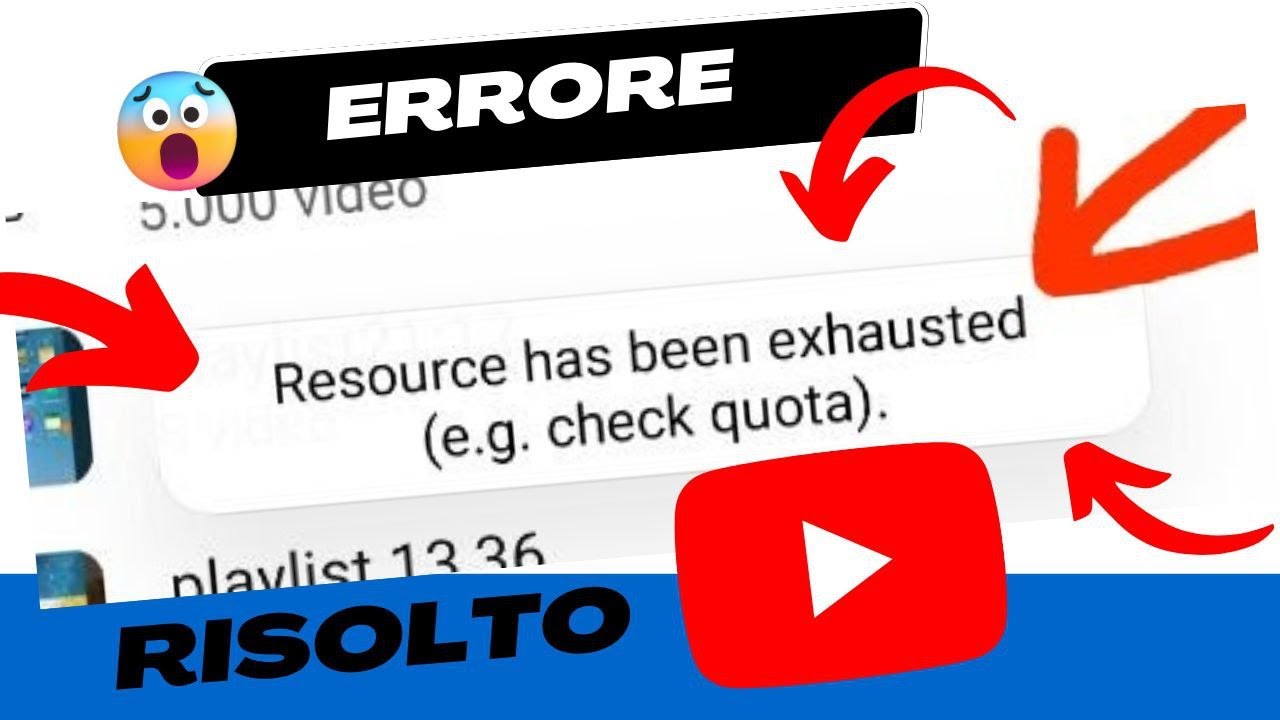
Protecting patient data is paramount in healthcare. The use of a CRM system, while offering significant benefits to medical practices, introduces new responsibilities regarding data security and adherence to regulations like HIPAA (Health Insurance Portability and Accountability Act). Choosing a CRM that prioritizes these aspects is crucial for maintaining patient trust and avoiding legal repercussions.The critical aspects of data security and HIPAA compliance in medical CRMs revolve around the confidentiality, integrity, and availability of protected health information (PHI).
This includes patient names, addresses, medical history, diagnoses, and treatment details. A breach of this data can have severe consequences, including hefty fines, reputational damage, and loss of patient trust. Therefore, robust security measures are essential.
HIPAA Compliance Requirements for Medical CRMs
HIPAA compliance necessitates a multi-faceted approach to data security. This involves implementing administrative, physical, and technical safeguards to protect PHI. Administrative safeguards include establishing policies and procedures for data access, use, and disclosure, along with employee training on HIPAA regulations. Physical safeguards focus on securing the physical location where PHI is stored, limiting access to authorized personnel only.
Technical safeguards involve using encryption, access controls, audit trails, and other technologies to protect electronic PHI. A compliant CRM will demonstrate adherence to these safeguards through detailed documentation and regular audits.
Security Measures Implemented by Reputable Medical CRM Providers
Reputable medical CRM providers typically employ a range of security measures to ensure HIPAA compliance. These may include:
- Data Encryption: Both data in transit (between the CRM and other systems) and data at rest (stored on servers) are encrypted using strong encryption algorithms, like AES-256, to prevent unauthorized access.
- Access Controls: Role-based access control (RBAC) limits user access to only the data they need to perform their job, preventing unauthorized viewing or modification of patient information. Multi-factor authentication (MFA) adds an extra layer of security by requiring multiple forms of authentication before granting access.
- Audit Trails: Detailed logs of all user activity within the CRM are maintained, allowing for tracking and investigation of any suspicious activity or potential data breaches.
- Regular Security Audits and Penetration Testing: Independent security assessments are conducted regularly to identify and address vulnerabilities in the system. Penetration testing simulates real-world attacks to test the effectiveness of security measures.
- Compliance Certifications: Some providers obtain certifications like SOC 2 (System and Organization Controls 2) or ISO 27001 to demonstrate their commitment to data security and compliance.
Choosing a HIPAA-Compliant CRM
Selecting a CRM that prioritizes HIPAA compliance requires careful consideration. Prospective buyers should:
- Review the vendor’s security policies and procedures: Look for detailed documentation outlining their approach to data security and HIPAA compliance. This should include information on encryption, access controls, audit trails, and other security measures.
- Request a Business Associate Agreement (BAA): A BAA is a legally binding contract that Artikels the responsibilities of the CRM provider in protecting PHI. All HIPAA-compliant CRM providers should be willing to sign a BAA.
- Verify compliance certifications: Check for relevant certifications, such as SOC 2 or ISO 27001, which demonstrate the provider’s commitment to data security.
- Conduct due diligence: Research the vendor’s reputation and track record in data security. Look for evidence of any past data breaches or security incidents.
- Ask about ongoing security updates and maintenance: The provider should have a plan for addressing security vulnerabilities and keeping the CRM software up-to-date with the latest security patches.
Improving Patient Relationships with CRM
A well-implemented CRM system can significantly enhance patient relationships, leading to improved communication, increased satisfaction, and stronger patient loyalty. By centralizing patient data and automating communication processes, medical practices can foster a more personalized and efficient patient experience. This, in turn, can boost patient retention and contribute to the overall success of the practice.Effective utilization of CRM features allows doctors and their staff to streamline patient interactions, reducing administrative burdens and freeing up valuable time for direct patient care.
This improved efficiency translates into a better patient experience, as quicker response times and proactive communication demonstrate a commitment to patient well-being.
Streamlining Patient Communication
Effective communication is crucial for building strong patient relationships. A CRM system provides a centralized platform for managing all patient interactions, from appointment scheduling to follow-up calls. This consolidated view of patient history and preferences allows for more personalized and timely communication.
- Automated Appointment Reminders: Automated email or SMS reminders significantly reduce missed appointments, saving both time and resources. The system can be configured to send reminders at pre-defined intervals, ensuring patients are adequately notified.
- Personalized Communication: CRM allows for segmented communication, enabling practices to tailor messages based on patient demographics, medical history, or treatment plans. For example, a post-operative patient might receive different communication than a patient with a routine check-up.
- Centralized Communication History: All interactions with a patient – phone calls, emails, notes from appointments – are recorded in the CRM, providing a complete picture of the patient’s journey. This comprehensive history ensures consistent and informed communication across the practice.
Examples of Effective Communication Strategies
Several communication strategies can be implemented using CRM tools to enhance patient care. These strategies focus on proactive communication and personalized approaches to build trust and improve patient satisfaction.
- Post-Appointment Surveys: Automated surveys sent after appointments gather valuable feedback, allowing practices to identify areas for improvement and address patient concerns promptly. The data collected can be used to refine processes and enhance the overall patient experience.
- Birthday/Anniversary Greetings: Personalized messages acknowledging special occasions demonstrate a personal touch and strengthen patient relationships. This simple gesture can foster a sense of connection and loyalty.
- Proactive Health Reminders: Based on patient history and medical guidelines, the CRM can send reminders about preventative care, such as flu shots or screenings. This proactive approach demonstrates a commitment to patient well-being and encourages adherence to recommended health practices. For example, a patient with a history of high blood pressure might receive regular reminders to monitor their blood pressure and schedule follow-up appointments.
Facilitating Personalized Patient Care and Improving Loyalty
CRM systems offer several functionalities that support personalized care and foster patient loyalty. By tailoring interactions and services to individual patient needs, practices can create a stronger sense of connection and build long-term relationships.
Personalized care involves understanding individual patient needs and preferences. CRM systems help achieve this by providing a holistic view of each patient’s history, including medical information, communication preferences, and appointment history. This comprehensive understanding allows for more targeted and effective care.
- Targeted Treatment Plans: CRM data can inform the development of tailored treatment plans, ensuring patients receive the most appropriate and effective care. For instance, a patient’s medical history and lifestyle choices can influence the creation of a personalized weight loss or diabetes management plan.
- Customized Appointment Scheduling: The CRM can accommodate individual preferences for appointment times and methods of communication, ensuring a convenient and comfortable experience for each patient.
- Personalized Follow-up: Post-treatment follow-up can be tailored to individual needs, ensuring patients receive the necessary support and guidance. This might involve scheduling follow-up appointments, providing educational materials, or offering additional resources.
Return on Investment (ROI) of Medical CRMs
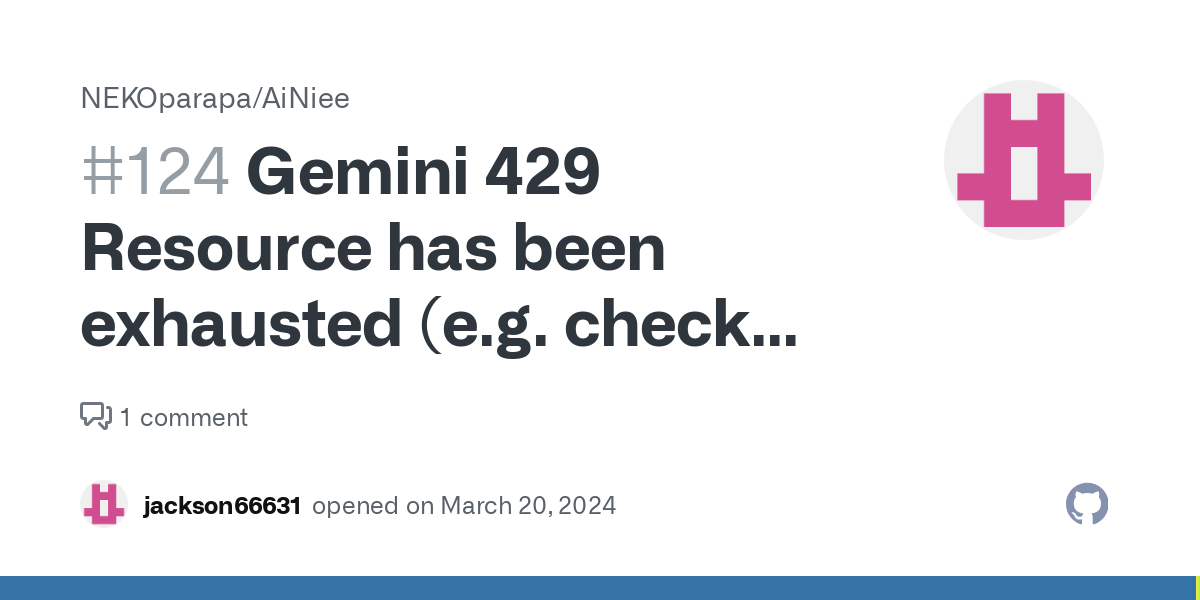
Investing in a Customer Relationship Management (CRM) system might seem like an added expense for a busy medical practice, but the long-term benefits often significantly outweigh the initial investment. A well-implemented CRM can lead to substantial improvements in efficiency, patient satisfaction, and ultimately, revenue. Understanding how to measure the ROI is crucial for justifying the purchase and maximizing its impact.Measuring the ROI of a medical CRM requires a multifaceted approach, focusing on both quantifiable metrics and qualitative improvements.
While some benefits are immediately apparent, others manifest over time, requiring consistent monitoring and analysis. Key performance indicators (KPIs) should be established before implementation to provide a baseline for comparison and track progress effectively.
Quantifiable Benefits Demonstrating CRM Value
The value of a CRM system in a medical practice can be clearly demonstrated through several quantifiable benefits. These are easily tracked and provide concrete evidence of the system’s impact on the bottom line. For instance, improved appointment scheduling, reduced no-shows, and streamlined billing processes all contribute directly to increased revenue and reduced operational costs.
- Increased Appointment Scheduling Efficiency: A CRM system with automated appointment reminders can drastically reduce no-shows. Let’s say a practice averages 10 no-shows per week at an average appointment value of $150. A 20% reduction in no-shows (achieved through automated reminders) would result in an additional $1500 per week, or $78,000 annually.
- Improved Billing and Collections: Streamlined billing processes, facilitated by automated invoicing and payment reminders within the CRM, can significantly improve collections. Suppose a practice improves its collection rate by 5% on average charges of $50,000 per month. This translates to an extra $2,500 per month, or $30,000 annually.
- Enhanced Patient Retention: A CRM that allows for personalized patient communication and follow-up can lead to improved patient satisfaction and loyalty. Increased patient retention, even by a small percentage, can have a significant cumulative impact on revenue over time. A 2% increase in patient retention for a practice with 1000 patients, each generating $500 annually, equates to an extra $10,000 per year.
Long-Term Benefits of CRM Implementation
Beyond the immediate quantifiable benefits, CRM implementation fosters several long-term advantages that contribute to the overall success and sustainability of a medical practice. These benefits often lead to increased efficiency, reduced administrative burden, and improved overall patient care, all indirectly contributing to higher profitability.
- Improved Staff Efficiency: Automation of routine tasks, such as appointment scheduling, patient communication, and billing, frees up staff time for more critical activities, like patient care and building relationships. This improved efficiency translates to cost savings and increased productivity.
- Enhanced Patient Communication: Personalized communication, facilitated by CRM’s features like automated email campaigns and targeted messaging, strengthens the patient-doctor relationship. This, in turn, leads to improved patient satisfaction and loyalty.
- Better Data-Driven Decision Making: CRMs provide valuable insights into patient demographics, treatment patterns, and practice performance. This data enables more informed decision-making regarding resource allocation, marketing strategies, and service improvements.
Future Trends in Medical CRM Technology
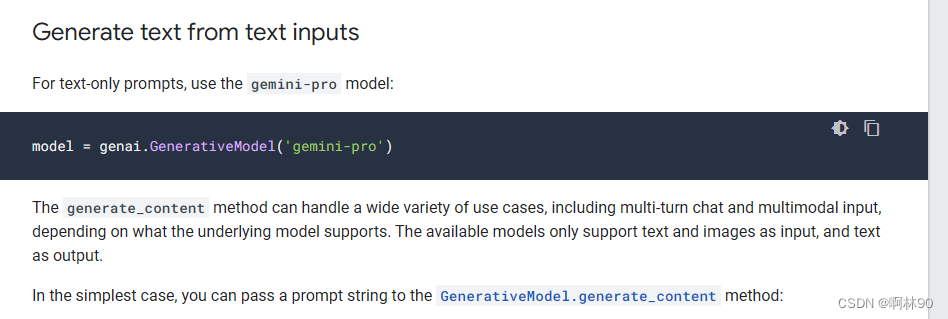
The medical landscape is rapidly evolving, driven by technological advancements and a growing emphasis on patient-centric care. Consequently, medical CRM systems are undergoing a significant transformation, incorporating innovative features and functionalities to enhance efficiency and improve patient outcomes. These trends are not merely incremental improvements; they represent a fundamental shift in how medical practices manage patient interactions and overall business operations.The integration of artificial intelligence (AI) and predictive analytics is reshaping the capabilities of medical CRMs, promising more personalized and proactive patient care.
This evolution allows for the automation of routine tasks, improved data analysis, and the prediction of future patient needs, leading to more efficient workflows and enhanced patient experiences. This shift towards AI-driven insights is transforming the way medical professionals interact with their patients and manage their practices.
AI-Powered Features and Predictive Analytics in Medical CRMs
AI is poised to revolutionize several aspects of medical CRM functionality. For example, AI-powered chatbots can handle initial patient inquiries, scheduling appointments, and answering frequently asked questions, freeing up staff time for more complex tasks. Predictive analytics can analyze patient data to identify individuals at high risk of developing certain conditions, enabling proactive interventions and preventative care strategies.
Consider a scenario where a CRM, using predictive analytics, identifies patients with a high probability of developing diabetes based on their medical history and lifestyle factors. The system could then automatically flag these patients for a proactive outreach from the medical practice, offering preventative screenings and lifestyle counseling. This proactive approach, enabled by AI, is significantly more efficient than relying on reactive measures.
Furthermore, AI algorithms can analyze large datasets to identify patterns and trends in patient behavior, enabling practices to optimize their marketing and outreach strategies for improved patient acquisition and retention. This level of data-driven decision-making is transforming the way medical practices operate.
Enhanced Patient Engagement and Personalized Communication
Medical CRMs are increasingly incorporating features that enhance patient engagement and personalize communication. This includes features like automated appointment reminders, personalized health recommendations based on individual patient data, and secure messaging platforms for direct communication with providers. Imagine a CRM that automatically sends a patient a personalized email reminder for their upcoming appointment, including directions to the office and a link to complete any necessary pre-appointment forms.
Or, consider a system that analyzes a patient’s medical history and sends them targeted information about relevant health screenings or preventative measures. These personalized interactions significantly improve patient satisfaction and adherence to treatment plans. The increased efficiency gained through automated processes also allows for more meaningful and personalized interactions between patients and medical staff.
Improved Data Security and HIPAA Compliance
With the increasing reliance on digital data, data security and HIPAA compliance are paramount. Future medical CRMs will incorporate advanced security features, such as multi-factor authentication, encryption, and robust access controls, to ensure the protection of sensitive patient information. This includes adhering to the strictest data privacy regulations and implementing measures to prevent data breaches and unauthorized access.
The development of sophisticated audit trails and data encryption protocols is crucial in ensuring the long-term viability and trustworthiness of these systems. This focus on security builds trust between patients and medical practices, assuring patients that their personal information is handled responsibly and securely.
Wrap-Up
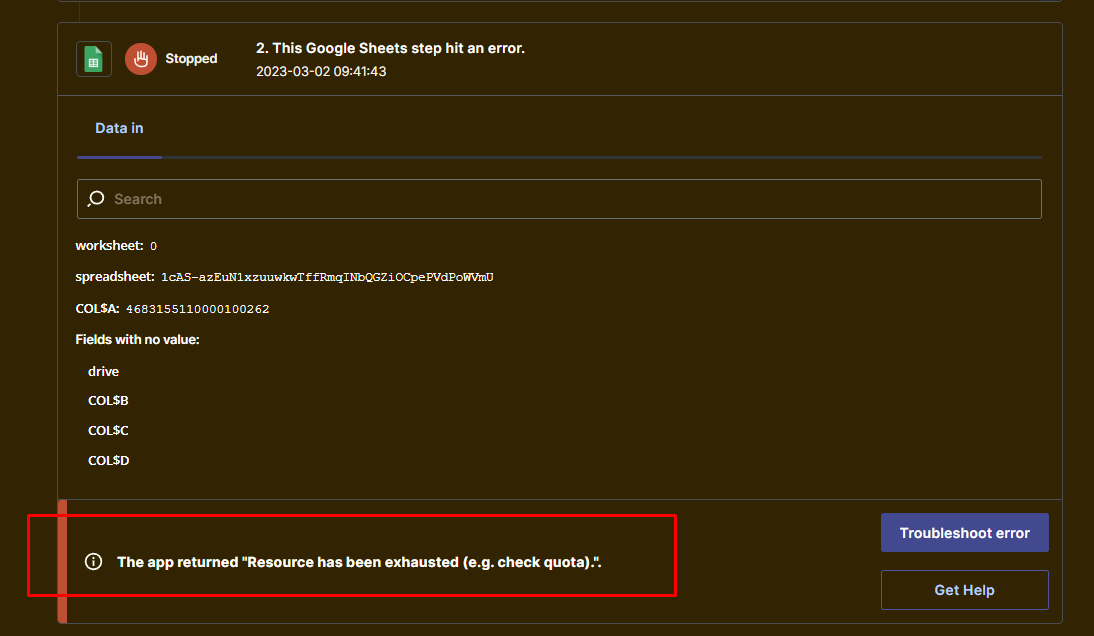
Ultimately, selecting the best CRM for your medical practice involves careful consideration of your specific needs, budget, and technological infrastructure. By prioritizing features that enhance patient communication, streamline workflows, and ensure data security, doctors can unlock the full potential of CRM technology to improve patient care, increase efficiency, and achieve a significant return on investment. Investing in the right CRM is not just about managing data; it’s about investing in the future of your practice and the well-being of your patients.
Commonly Asked Questions: Best Crm For Doctors
What is the average cost of a medical CRM?
Costs vary widely depending on features, user numbers, and vendor. Expect to pay anywhere from a few hundred dollars per month to several thousand, depending on your needs.
How long does it take to implement a medical CRM?
Implementation timelines vary, but typically range from a few weeks to several months, depending on the complexity of the system and the size of the practice.
Can a CRM integrate with my existing EHR system?
Many CRMs offer integrations with popular EHR systems, but compatibility should be verified before purchasing. Seamless integration is crucial for efficient data flow.
What training is required for staff to use a medical CRM?
Most vendors provide training resources, ranging from online tutorials to in-person workshops. The required training time depends on the CRM’s complexity and staff familiarity with technology.

